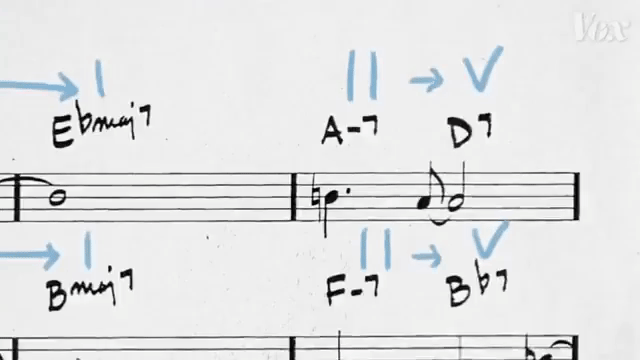How John Coltrane Constructed Complex Key Changes in His Iconic ‘Giant Steps’ Using the Circle of Fifths

In a snappy episode of the Vox series Earworm, video producer Estelle Caswell takes a look at the iconic John Coltrane jazz instrumental "Giant Steps". In order to do so, Caswell recruited musicians Braxton Cook and Adam Neely to help her understand and deconstruct the complicated key changes and ricocheting tempo that kept legendary pianist Tommy Flanagan on his improvisational toes. Both Cook and Neely explained how Coltrane was able to construct the melody around the basic ii V I jazz chord progression, but also created texture, color and key changes by utilizing the circle of fifths.
It all starts with this - the circle of fifths it's kind of like a color wheel for music. " if you play through the circle you'll traverse the entire keyboard starting on the lowest C and ending up on the highest C it sounds much more harmonious than just playing all the notes in order. "A lot of western music is based on the power of the fifth especially how it relates so strongly back to its home chord.
Here's a static version of the circle of fifths.
Related Laughing Squid Posts- The Church of John Coltrane in San Francisco
- The Great John Coltrane Talks About Performing, Spirituality, and Learning in a Rare 1966 Interview
- Jazz Songs as Animated Sheet Music
The post How John Coltrane Constructed Complex Key Changes in His Iconic 'Giant Steps' Using the Circle of Fifths appeared first on Laughing Squid.


